A new discourse about the male and female gaze continues to rise. But what does it mean and how does it influence one’s choices?
The discourse about the male gaze is not a new phenomenon. At the extreme of the argument, critics have pointed out the presence of the patriarchal conception in films and television, and its unrealistic depiction of women. One example that stands out when considering this theory is Harley Quinn. Many fans easily identified the difference between David Arley’s and Catherine Yan’s authorship of the villain. To say the least, it showcased the distinction between the male and the female gaze.
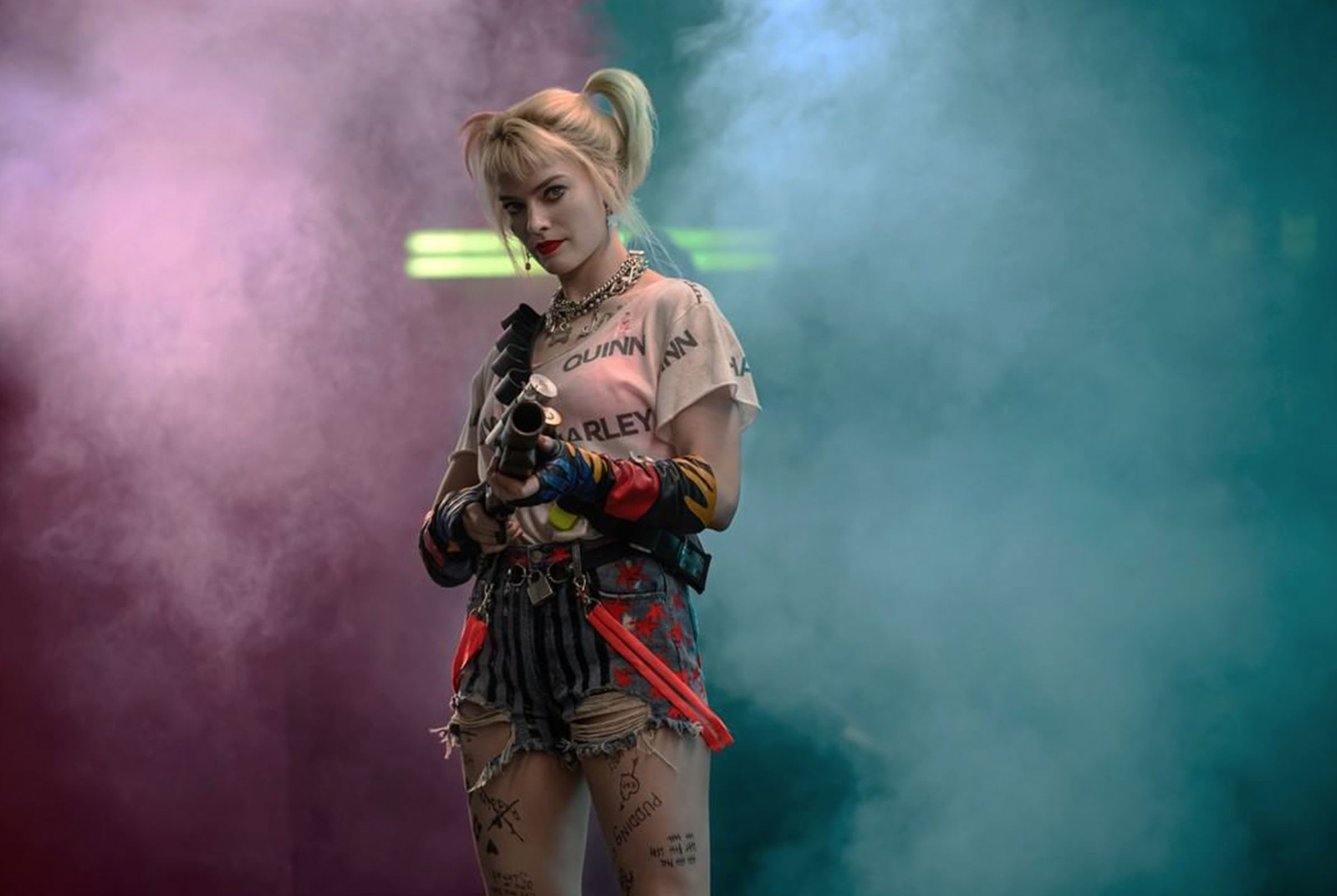
The intervening years have seen creative discussions about the age-old problem, including open forums, debates, essays, and most recently, content creation. Every so often, videos about the male gaze would resurface in the form of trends like “POV: you stopped dressing for male validation” or “written by a man,” which emphasizes how the culture conditions women to adhere to an idea of how one should look or act. And from here, we can’t help but wonder—does the male gaze silently manipulate one’s choice in fashion and beauty? And can the counteract manage to reclaim the pursuit of individual identity?
The male gaze monocle
The male gaze goes above and beyond how men look at things. In fact, it’s a concept that stems from a feminist film theorist named Laura Mulvey. In her essay “Visual Pleasure and Narrative Cinema,” Mulvey made a point on how women are portrayed for the satisfaction of the male viewer and revealed how deeply sexist the film industry is. It defined the concept of the patriarchal ideology as the way the world perceives women through the lens of a men’s unrealistic viewpoint.
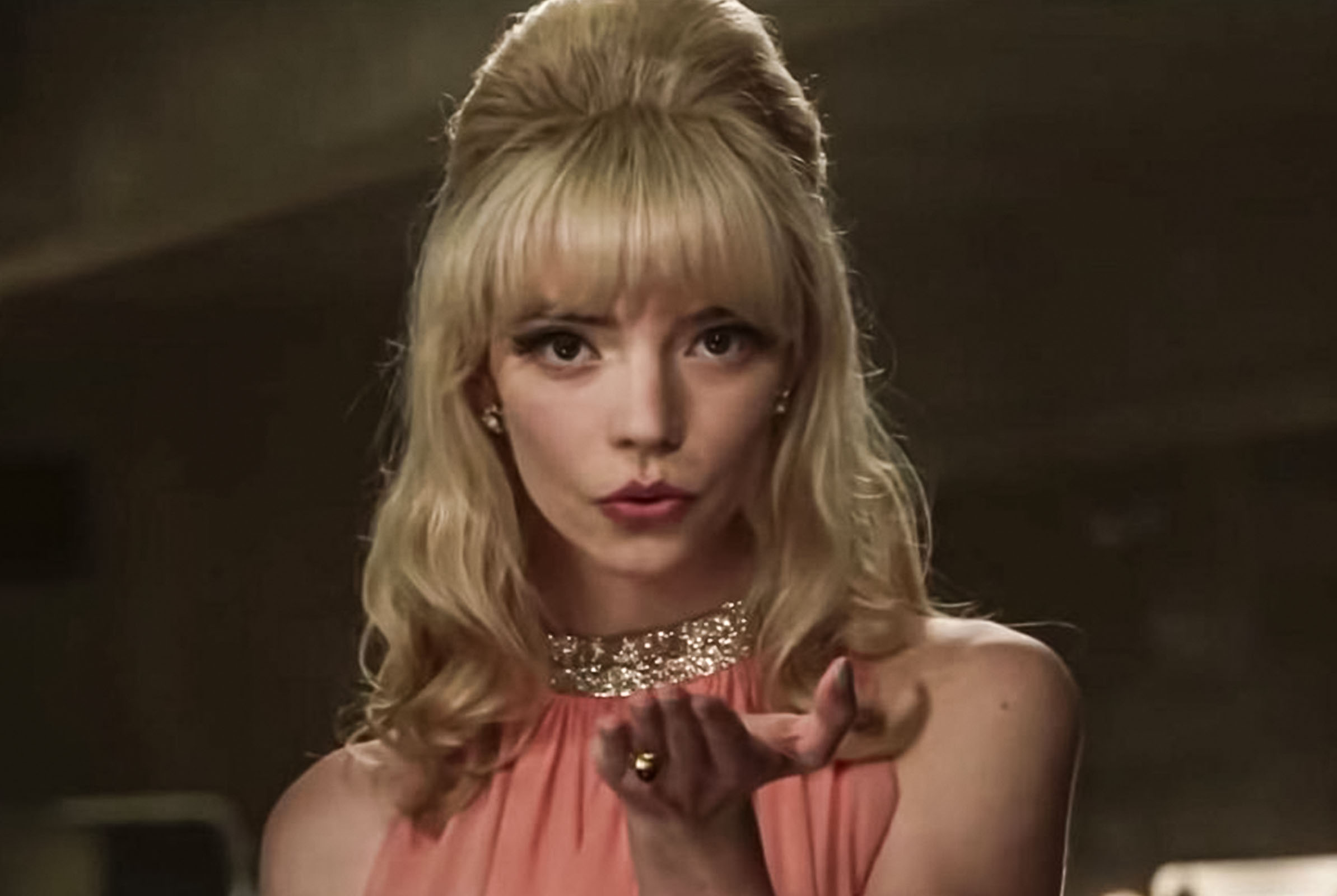
Due to the prevalence of the male gaze in arts, films, literature, video games, and advertisements, it has negatively influenced how women view themselves. According to the American Psychological Association, the mere anticipation of a male gaze increased self-objectification in young women and led to greater body shame and social physique anxiety when compared to participants who anticipated a female gaze or no gaze at all.
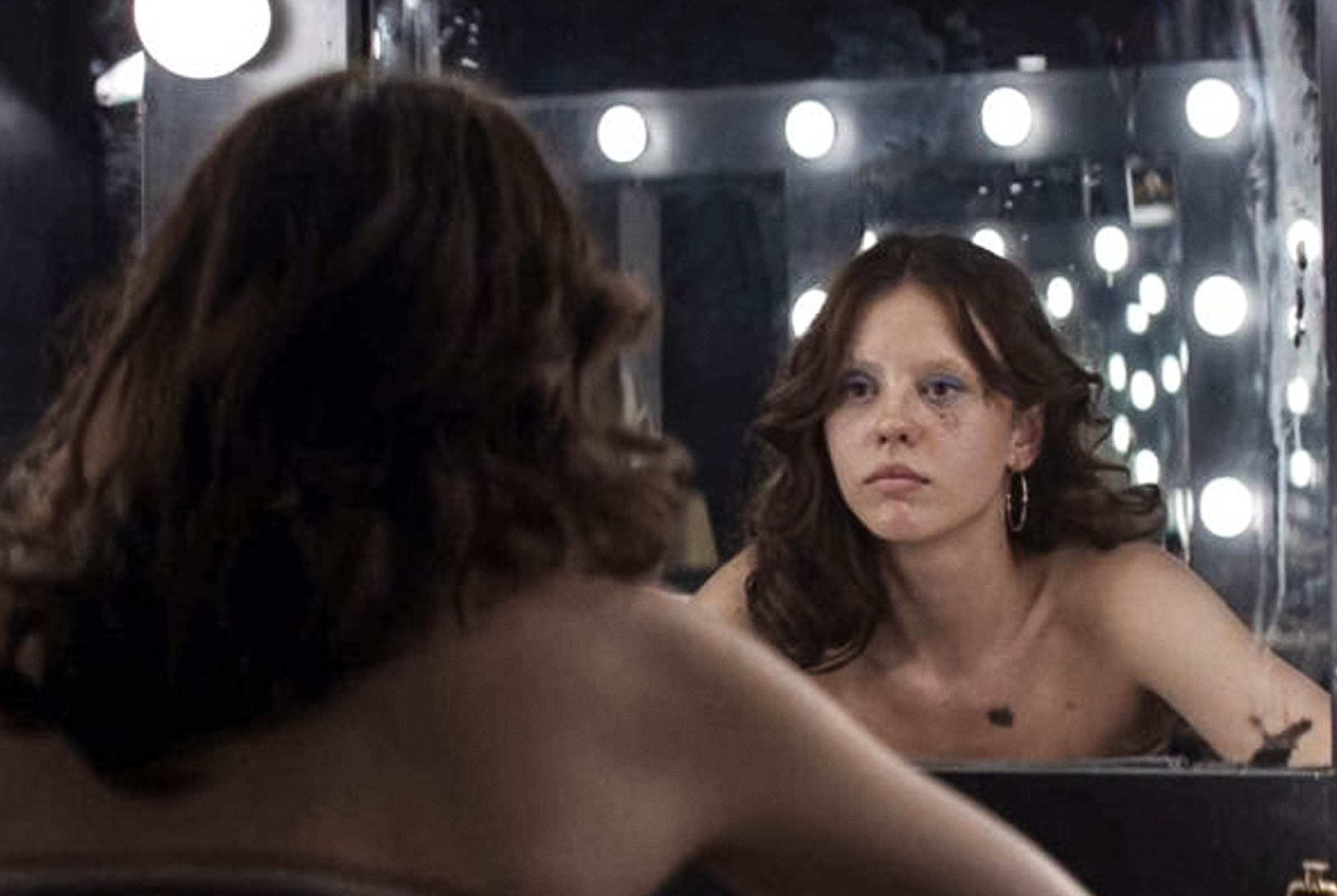
On the other hand, there is an aftermath called internalized male gaze. It’s the ghost of the patriarchal ideology that is subconsciously embedded in one’s mind. Relatively, the pressure of the objectifying gaze deprives an individual’s freedom to express themselves, which affects one’s personal choices, including fashion and beauty. It also triggers many women to hyper-focus on cultural ideals rather than explore styles, cosmetics, and skincare without the desire to please anyone but themselves.
Introducing the female gaze
In response to the male viewpoint, the female gaze is defined as the way that visual media depicts a woman’s view of the world. It somehow offers a more realistic portrayal of how a character thinks and acts. Take Phoebe Waller-Bridge’s Fleabag as an example. The series with the same name explores the life and relationship of a three-dimensional woman without a hint of objectification. Moreover, the notion introduces a personal and intimate perspective that makes any media more human and relatable.
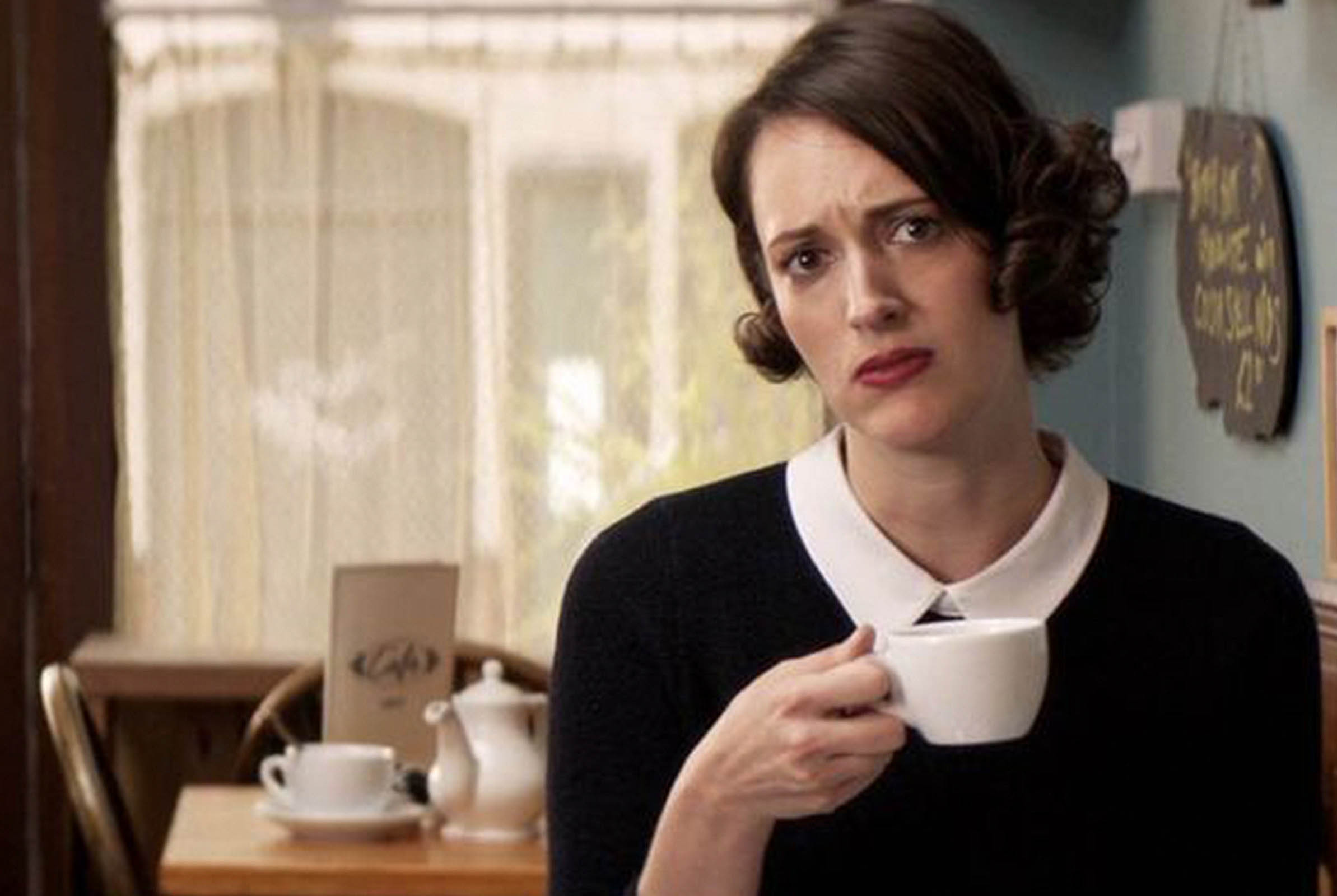
Of course, the concept still exists outside of films. Many content creators presented the drastic difference between performing for male validation and breaking free from the objectifying gaze. Outside of the patriarchal ideology and the visual cues, creatives exemplified how they reclaimed the power of expressing themselves through styles, cosmetics, and skincare with the intention of pleasing themselves first, and men never.
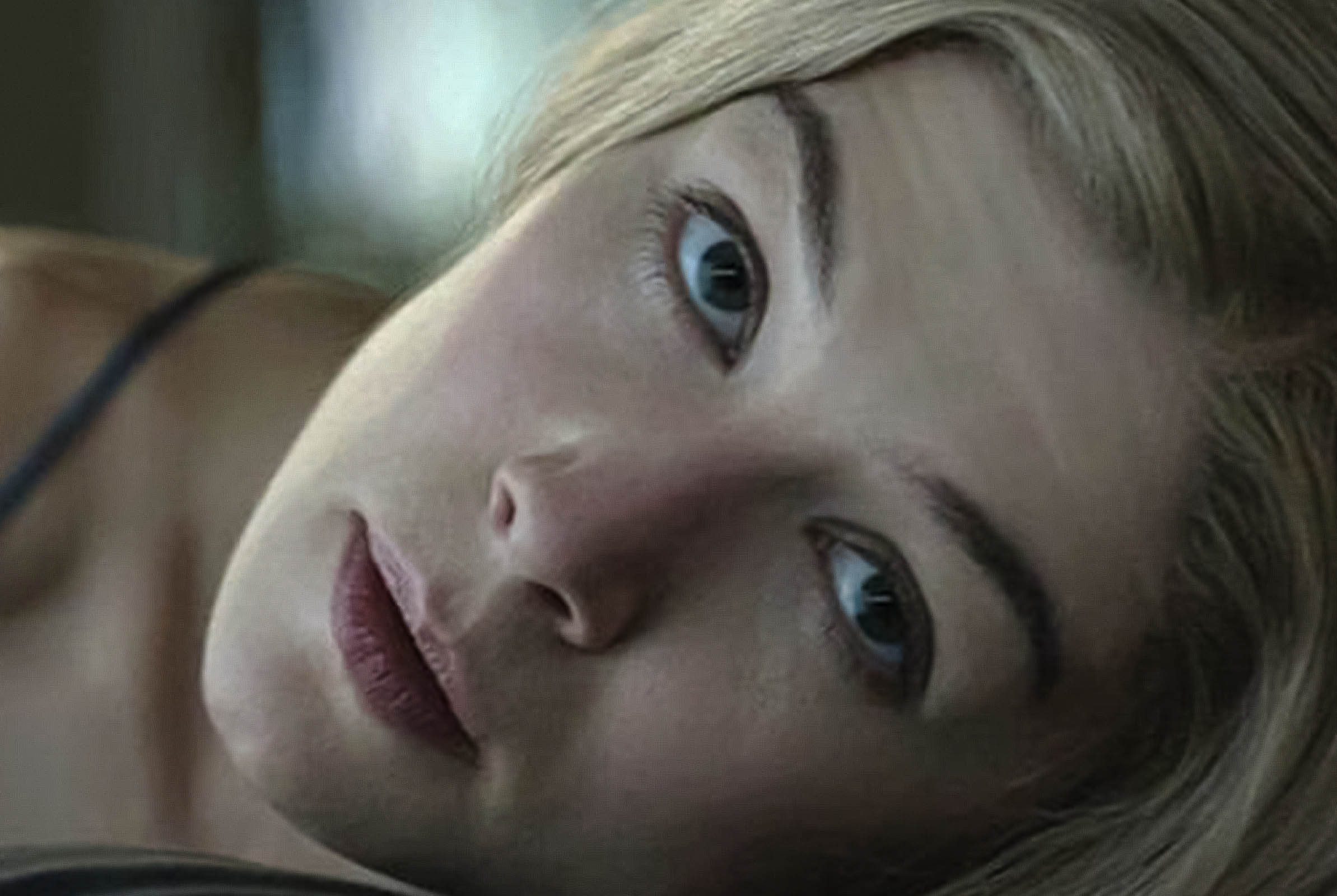
However, the female gaze is not perfect as it seems. Commentary creators like Salem Tovar established a healthy and realistic conversation about the ideology. “The female gaze at first glance seems like a very good idea, but it’s just as toxic as the male gaze as it still pressures women to perform femininity,” she explained in a video. “Performative femininity is the unrealistic socially constructed ideals placed on women. It still sends women in a box where they still need to perform for another perspective.”
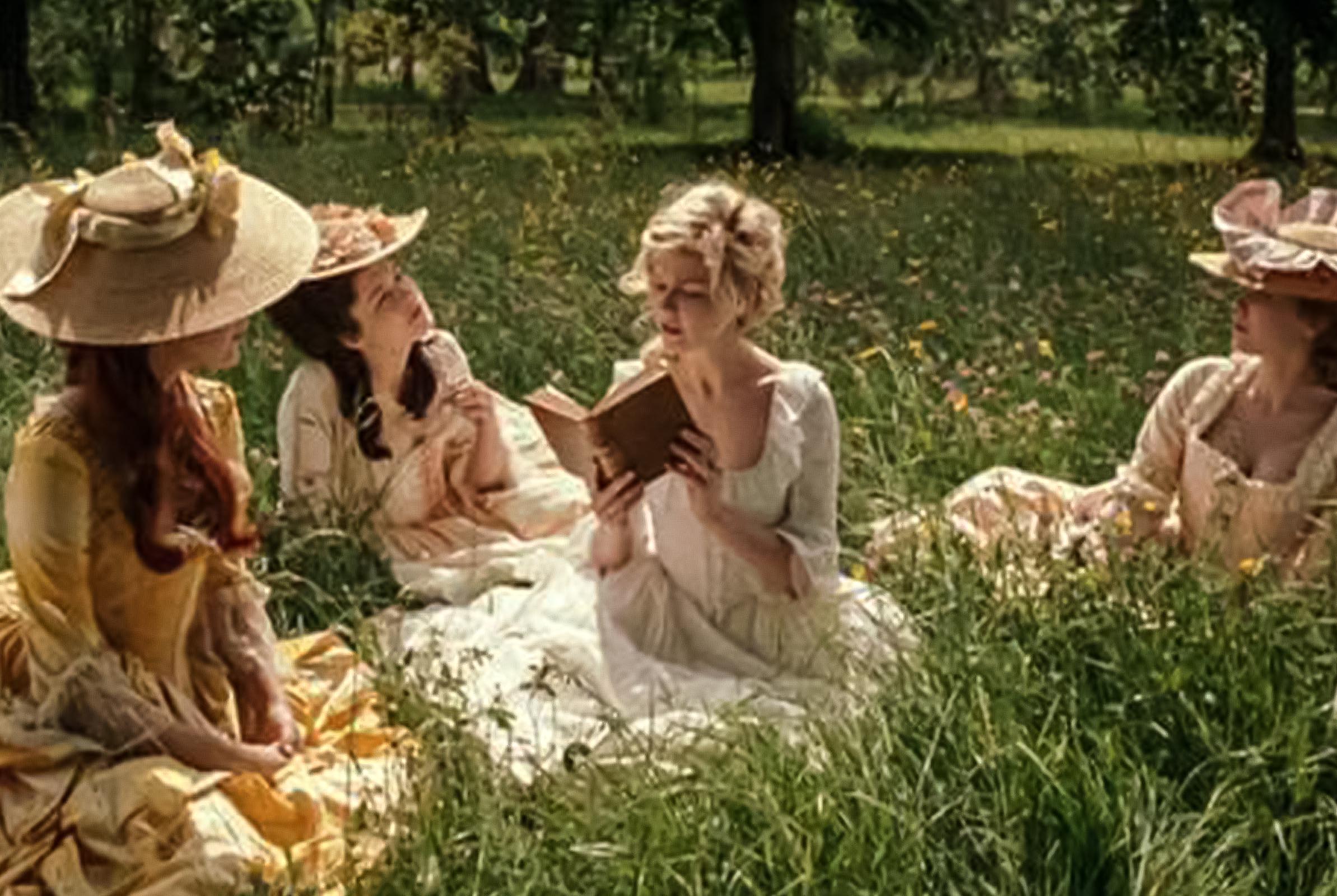
So, does it signify the end of the female gaze? No. But it needs work on redirecting its focus on intentions rather than visual aesthetics. Remember, the female gaze is not a trend. It’s a movement that aims to retrieve the power to act, decide, and express oneself through fashion and beauty without the pressure to adhere to any perspectives apart from themselves.
Our point of view
In a moving essay called “Beauty is Broken,” beauty is presented as an ephemeral possession never meant to be controlled by women. It’s an upsetting verse, but hear us out. In it, Arabelle Sicardi is hopeful when she wrote, “Beauty is failing us, because gender already has. But what keeps me coming back to it is that I still think it can be recovered. I think beauty can mean more than what it was ever meant to, that it can illuminate parts of people they didn’t know they had or deserved or even wanted.”

The discourse about the role of the male and female gaze opens a conversation about the motives behind our choices. Who do we perform fashion and beauty for? Is it for our own or for others? It’s an eye-opening topic that emphasizes that our decisions are a reflection of our individual identity. Yes, the concept of the female gaze still needs work, but it imparts a powerful message to women—do it for you.







